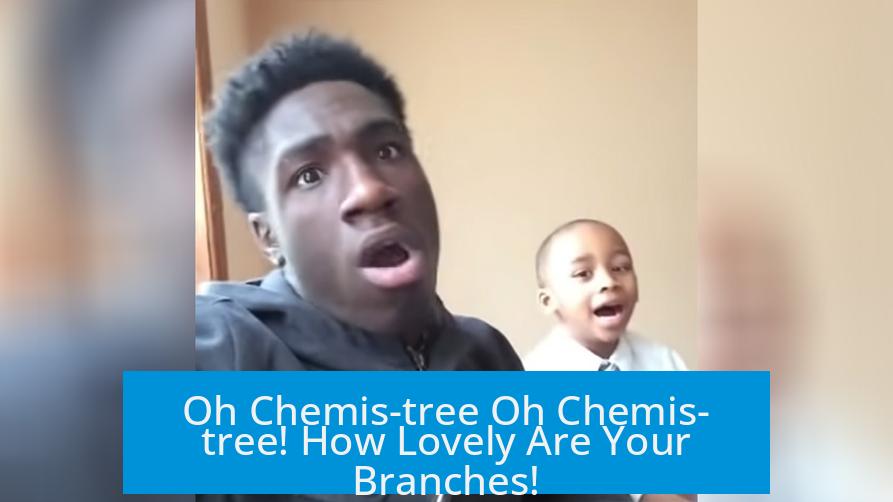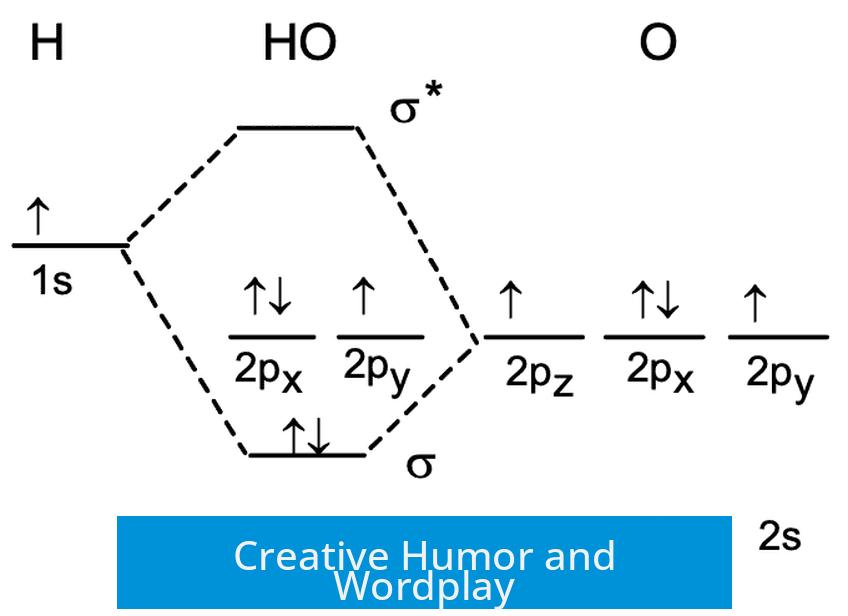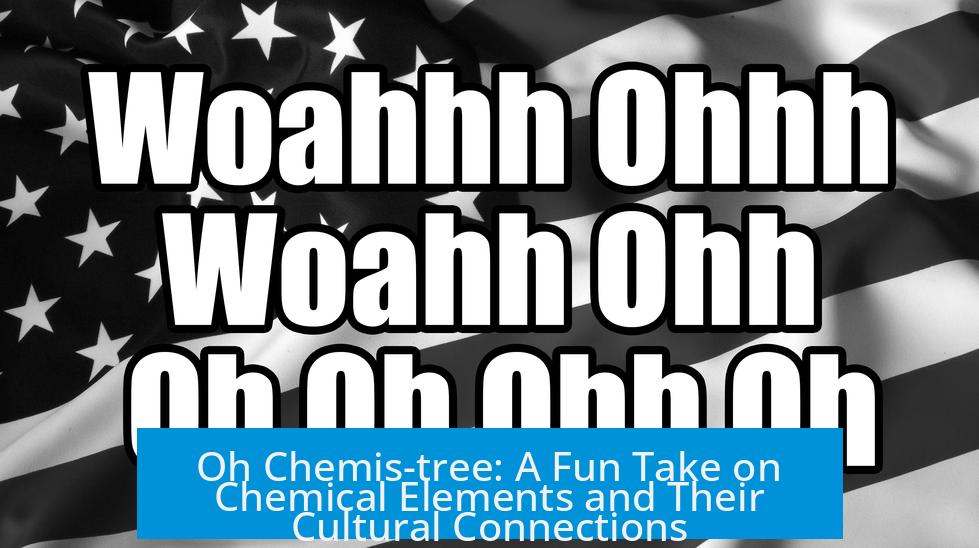Oh Chemis-tree Oh Chemis-tree! How Lovely Are Your Branches!

The phrase “Oh chemis-tree oh chemis-tree! How lovely are your branches!” captures a creative way to represent chemistry concepts visually, likening the periodic table and chemical elements to the branches of a tree. This metaphor merges science and art, making chemistry more engaging and accessible.
Visual Representation of Chemical Elements as Tree Branches
One innovative idea is to arrange chemical elements like the branches of a tree. For instance, a setup with a clamp stand holds colorful chemicals, mimicking tree branches. Each branch represents a subset of elements, often ordered by atomic number. This structuring helps visualize element relationships and organization.
In such models, the elements appear along “branches” labeled creatively, such as the “4th branch down: nOfnE.” However, small oversights can occur. For example, line 8 might be missing an element like Oganesson, highlighting the importance of accuracy in educational displays.
Color Coding and Classification
Color coding is often used to differentiate groups of elements on the chemis-tree. Yet, discerning the rationale behind color choices can be challenging. For example, elements like carbon, chlorine, and iron might share a color despite lacking a straightforward common property. This can stimulate curiosity and discussion about classification criteria.
- Color codes may reflect atomic characteristics, periods, or groups.
- Discrepancies provoke questions about element grouping principles.
- Placement of elements, such as gold (“Au”) on a yellow sticky note, can symbolize precious metals.
Chemistry-Themed Holidays and Gifts Inspired by Chemis-tree
This tree concept extends into festive celebrations among chemists. Chemistry-themed Christmas traditions include exchanging lab accessories as presents or wearing amusement-inspired sweaters displaying the chemis-tree design. Such customs foster community spirit and celebrate scientific passion.
For example, one chemistry student considers a sweater decorated with this design a good luck charm during exams, blending scientific enthusiasm with personal motivation.
Creative Humor and Wordplay

The phrase “Oh chemis-tree oh chemis-tree! How lovely are your branches!” serves as playful wordplay, merging a familiar carol lyric and chemistry concepts. This pun enhances engagement by injecting humor into scientific learning.
Social media and classroom settings use this humor to celebrate creativity, sparking lighthearted interaction while promoting knowledge.
Elements and Cultural Associations
Some elements evoke national or cultural identities. For instance, aluminum is casually referred to as “American,” linking its discovery or prominence to nationality. These associations add an extra layer of interest to the concept, humanizing the elements.
Key Takeaways
- The chemis-tree creatively visualizes chemical elements as branches arranged by atomic number.
- Color coding in chemis-trees aids classification but can be ambiguous, prompting deeper inquiry.
- Chemistry-themed seasonal gifts and decorations strengthen community and motivation.
- Humorous wordplay in chemistry education engages learners and makes concepts memorable.
- Elements can carry cultural or national associations, adding context beyond chemistry.
What is the idea behind arranging chemical elements like a tree?
The concept shows elements as branches on a tree. This visual helps connect their properties and relationships. It combines chemistry with a creative display method.
How are the colors on the chemical “tree” decided?
Colors represent groups or classifications of elements. But sometimes it’s unclear what connects certain colors, such as carbon, chlorine, and iron. The coding aims to highlight element families.
Can chemistry-themed trees be used in holiday celebrations?
Yes, some chemists celebrate by using the chemistry tree as decoration. People exchange lab tools as gifts and wear chemistry-themed sweaters in the holidays.
What type of humor is involved with the “chemis-tree” idea?
The humor plays on the word “tree” and chemistry terms. People enjoy clever comments about branches, elements, and creative combinations. It adds fun to learning chemistry.
Are there cultural or national references linked to elements in the tree?
Some elements remind users of countries, like Aluminum being called American. This adds a playful cultural layer to the chemical arrangement.





Leave a Comment